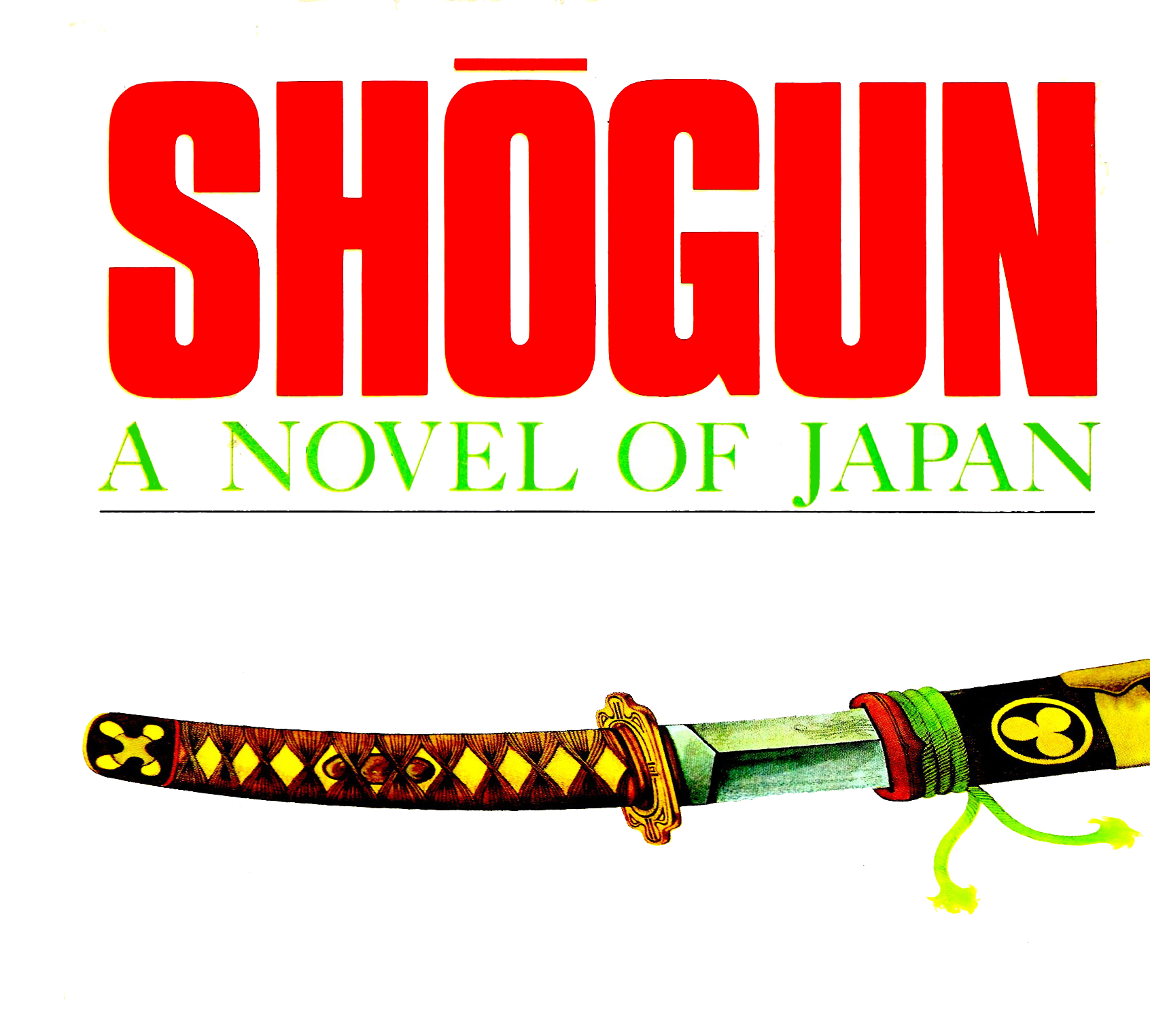
This is not lost on Clavell, who strategically places his story on the Izu Peninsula, in between and easilly accessed from all the capitals by Tokaido, but just far enough away from all to be influenced by all.Ĭlavell’s protagonist in Shogun, Blackthorne (later renamed Anjin), is based on the true story of English pilot William Adams who was shipwrecked on Japan’s southernmost main island of Kyushu. You can imagine that the territory between the old capitals of Kyoto and Osaka, and the new capital in Edo, played a pivotal role in this part of Japanese history. This battle ended the Warring States Period and was the beginning of the legendary Edo Period, during which the capital was relocated from Osaka to Edo (now called Tokyo).


Clavell provided the perfect tool to do that – a fast moving historical romp that also explains Japanese Culture 101 to those that didn’t have the time or inclination to take the University paper.Ĭlavell cleverly sets his novel in the year 1600, for Japanese instantly rememerable as the year of the battle of Sekigahara (which you can glimpse through the windows of the Tokaido Shinkansen shortly before it zooms into Kyoto). Japan was asserting itself as the engine room of global economic growth, and Western readers were eager to better understand this mysterious nation.

In the 1970s and 1980s James Clavell’s Shogun captured the Western World’s imagination.


 0 kommentar(er)
0 kommentar(er)
